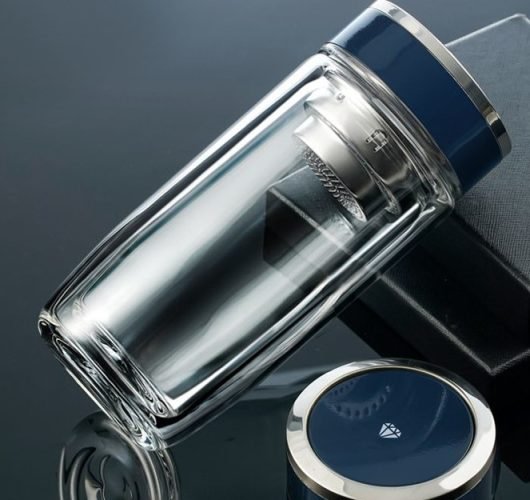Introduction
Cleaning glass cups may seem straightforward, but doing it correctly requires some care. Improper cleaning can lead to scratches, cloudiness, and residue buildup. In this article, we will explore effective techniques for cleaning glass cups while preserving their shine and preventing damage.
Why Clean Glass Cups Properly?
Glass cups are often used for beverages, and keeping them clean is essential for both health and aesthetics. Proper cleaning:
- Maintains Clarity: Clean glass looks appealing and allows you to see the contents clearly.
- Prevents Residue: Regular cleaning prevents the buildup of stains and odors from previous drinks.
- Extends Lifespan: Proper care helps avoid scratches and damage, prolonging the life of your glass cups.
Basic Cleaning Supplies
Before you start, gather the following supplies:
- Mild dish soap: Avoid harsh chemicals that can damage glass.
- Soft sponge or cloth: Use non-abrasive materials to prevent scratching.
- Baking soda: A gentle abrasive that helps remove stubborn stains.
- White vinegar: Great for cutting grease and removing cloudiness.
- Drying cloth: A lint-free cloth to wipe down glasses after washing.
Step-by-Step Cleaning Process
- Rinse with Warm Water Start by rinsing the glass cup with warm water. This helps loosen any residue or stains. Avoid hot water, as it may cause thermal shock and crack the glass.
- Apply Dish Soap Add a few drops of mild dish soap to the sponge or cloth. Gently scrub the glass, focusing on areas with stains or residue. Be careful around the rim and base, as these are common areas for scratches.
- Use Baking Soda for Stubborn Stains For tough stains, sprinkle a little baking soda directly onto the sponge or into the glass. Gently scrub the stained area. Baking soda acts as a mild abrasive that can lift tough marks without damaging the glass.
- Rinse Thoroughly After scrubbing, rinse the glass cup under warm running water. Ensure all soap and baking soda are washed away. Any residue can lead to cloudiness.
- Vinegar Rinse (Optional) For added shine and to remove any remaining cloudiness, fill the glass with a mixture of equal parts white vinegar and water cloth to dry the glass cup. Avoid using paper towels, as they can leave lint and scratches. Gently wipe the exterior and interior of the cup to prevent water spots and streaks.
Avoiding Common Mistakes
- Avoid Abrasive Cleaners: Steer clear of scouring pads or harsh chemicals. They can scratch the glass surface, leading to permanent damage.
- Don’t Use Hot Water: Hot water can cause thermal shock. Always use warm or cool water for rinsing and cleaning.
- Skip the Dishwasher for Delicate Glass: While some glass cups are dishwasher safe, delicate or hand-blown glass should be washed by hand to prevent breakage.
- Don’t Let Stains Sit: The longer you let stains sit, the harder they are to remove. Clean your glass cups regularly to prevent buildup.
- Avoid Stacking While Wet: If you stack your glasses for storage, ensure they are completely dry first. Wet glasses can stick together and crack when separated.
Special Care for Decorative Glass Cups
If you own decorative or etched glass cups, take extra care. Here are some additional tips:
- Use a Soft Brush: For intricate designs, use a soft-bristle brush to clean between crevices.
- Hand Wash Only: Decorative cups are often fragile, so always wash them by hand.
- Store Separately: Keep decorative glasses in a padded container or lined with soft cloths to prevent scratches.
Conclusion
Properly cleaning glass cups is essential for maintaining their beauty and longevity. By following these tips and techniques, you can ensure that your glassware remains clear, shiny, and free of scratches. Regular maintenance not only enhances the aesthetic appeal of your glass cups but also promotes a healthier drinking experience. Take the time to care for your glassware, and it will serve you well for years to come.


